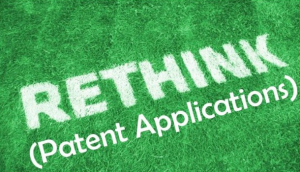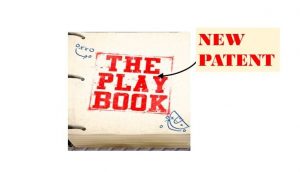We all know the patent application process can cost $20,000 or more — and often much more. This alone should give those of us who obtain patents reason to pause and consider how we can and should do better relative to generating patent strategies for clients. Some of my peers will say that patent protection has more hurdles to overcome and requirements to meet today than in years past, and this contributes to the high cost.

Certainly, this is true, but merely shrugging our shoulders and saying something akin to “I’m doing the best I can under the circumstances” is not a satisfactory option for clients who are relying on patent protection to enhance the value of their businesses.









 I recently finished an IP Strategy engagement with major consumer products corporation, where I interfaced with the head of New Product Development and Innovation Strategy. This company is embarking on a major shift in the way it brings products to market. In short, the company is transitioning from one that introduces new products with incremental improvements into the market on a regular basis, to one that focuses more on innovation. For this client, this strategy will mean that a significant portion of its product development efforts will be focused on solving unmet and identifying emerging customer needs, with the ultimate goal of introducing truly innovative consumer products that will be successful in the marketplace.
I am sure that my client's new products will be found to be highly desirable to their consumers: the
I recently finished an IP Strategy engagement with major consumer products corporation, where I interfaced with the head of New Product Development and Innovation Strategy. This company is embarking on a major shift in the way it brings products to market. In short, the company is transitioning from one that introduces new products with incremental improvements into the market on a regular basis, to one that focuses more on innovation. For this client, this strategy will mean that a significant portion of its product development efforts will be focused on solving unmet and identifying emerging customer needs, with the ultimate goal of introducing truly innovative consumer products that will be successful in the marketplace.
I am sure that my client's new products will be found to be highly desirable to their consumers: the